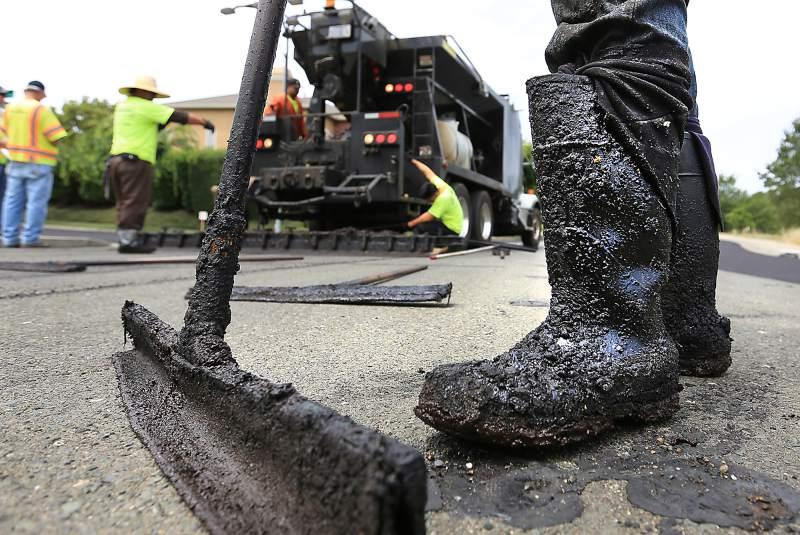by
DingXin Cheng , Roger E. Smith , Sui G Tan, Mario Jaquiz, and Carlos M. Chang
| May 17, 2022

Abstract
As a popular pavement preservation treatment, a slurry seal is typically included in agencies’ maintenance and rehabilitation toolboxes, in decision trees of pavement management systems (PMS), or both. However, performance prediction models for slurry seals are mostly anecdotal or at undertaken at project level. The goal of this paper is to illustrate a method of developing data-driven performance models for slurry seal applications for use at a network level. A total of 537,891 pavement condition records were collected from 18 different agencies in the United States using the Metropolitan Transportation Commission’s PMS program, StreetSaver. Of these records, 1,195 slurry seal projects met the requirements to be utilized in the development of slurry seal performance models. The development of slurry seal performance models includes grouping project-level modeling results into functional classes, and testing and validating the slurry seal performance models with test cases as well as on actual data produced by agencies. The performance models for slurry seals placed on an asphalt concrete pavement vary depending mainly on the existing pavement’s performance, the timing of the slurry seal application, the functional class, and surface type. The data-driven slurry seal models improved the accuracy of predicting slurry seal performance using PMS. The models could also be used to develop beneficial area curves, which are useful in estimating the cost-effectiveness of slurry seals constructed at various pavement condition index values and in identifying the optimal timings for slurry seal applications at a network level.
Download full article PDF